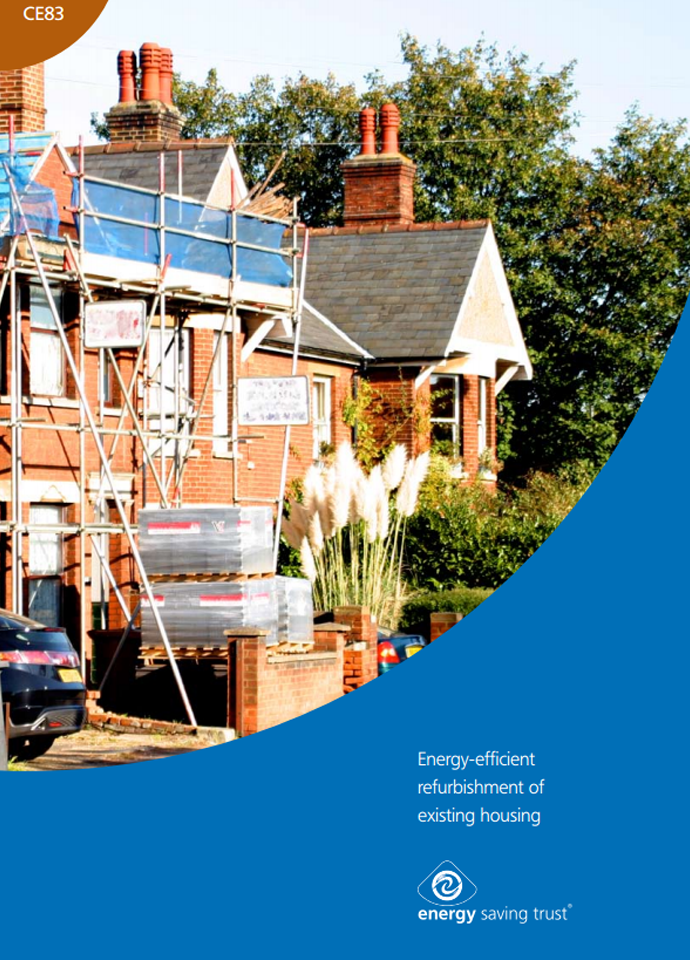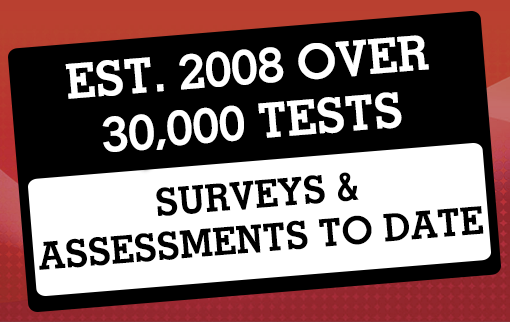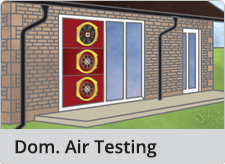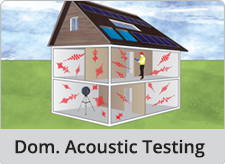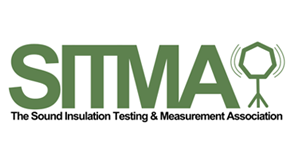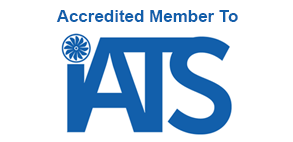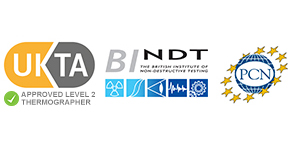Offices Nationwide

Reverberation Time
The reverberation time of a room is defined as the time it takes for sound to decay by 60 dB after an abrupt termination...more

Sound Absorption
The loss of sound energy when sound waves come into contact with an absorbent material such as ceilings, walls, floors and other objects...more
Highlands and Islands - BREEAM HEA01 Daylight Calculations - 0141 894 0107
The office that covers this area is: Glasgow
The towns & cities that are covered within this county are:
Alness, Aviemore, Cromarty, Dingwall, Dornoch, Fort William, Fortrose, Grantown on Spey, Invergordon, Kingussie, Kirkwall, Lairg, Lerwick, Mallaig, Nairn, Orkney, Plockton, Tain, Thurso, Ullapool, Wick,
Phone Number: 0141 894 0107 Email: highlands-and-islands@e2consultants.co.uk
BREEAM is sometimes referred to as BREEAM Assessments, BREEAM Assessment Ratings, BREEAM Rating, BREEAM Assessors, BREEAM Reports.
How To Achieve BREEAM Excellence
The scoring for a BREEAM assessment in Highlands and Islands is as follows:
- Outstanding: 85%+
- Excellent: 70%+
- Very Good: 55%+
- Good: 45%+
- Pass: 30%+
- Unclassified: <30%
What Are The Benefits of BREEAM?
BREEAM aims to show that by building with the local area in mind, though capital costs may increase, you should save on operational costs in the long-term. This limits investor costs and makes the building more attractive when it comes to selling.
It's the hope that the BREEAM assessment will help building owners and designers improve their carbon footprint across Highlands and Islands and make better use of their resources. A BREEAM certification is a way of validating how good a building is in terms of the environmental impact through a globally recognised standard.
Book Your BREEAM Assessment
For further information or to book your BREEAM assessment in Highlands and Islands, call one of your BREEAM assessors on 0141 894 0107 or email breeam@e2consultants.co.uk.
What Does BREEAM Stand For?
BREEAM stands for Building Research Establishment's Enviromental Assement Method and was first published in 1990 by the Building Research Establishment (BRE) that covers Highlands and Islands.
How Is BREEAM Assessed?
Covering a range of environmental issues in Highlands and Islands, BREEAM looks at a building's impact on transport, waste, energy, health, water, pollution, materials, management and ecology to assess whether a building is Outstanding, Excellent, Very Good, Good or a Pass. Covering more than 50 countries and 250,000 buildings, BREEAM's aim is to educate building owners, designers and occupants about their impact on the local area.
What Is A BREEAM Rating?
The BREEAM ratings for a new, non-domestic building in Highlands and Islands are:
- Pass: standard good practice (top 75%)
- Good: intermediate good practice (top 50%)
- Very Good: advanced good practice (top 25%)
- Excellent: best practice (top 10%)
- Outstanding: innovator (top 1%)
It used to be that 'Good' was the maximum level that could be achieved with 100% being the maximum score in Highlands and Islands from a BREEAM assessment. However, in 2008, a new 'Outstanding' category was added - although the percentages required for each level remained the same.
Our other services include:
BREEAM HEA01 Daylight Calculations can also be known as:
BREEAM HEA05 Acoustic Performances, BREEAM HEA01 Visual Comfort, BREEAM Credit Report, BREEAM HEA03 Thermal Comfort, BREEAM HEA04 Thermal Comfort, BREEAM, BREEAM HEA01 Daylight Calculation, BREEAM Assessment,


Copyright 2025 E2 Specialist Consultants Limited
Company No. 06728970













